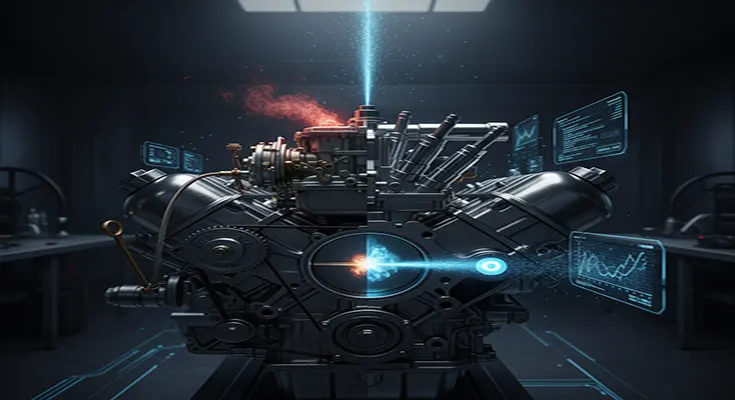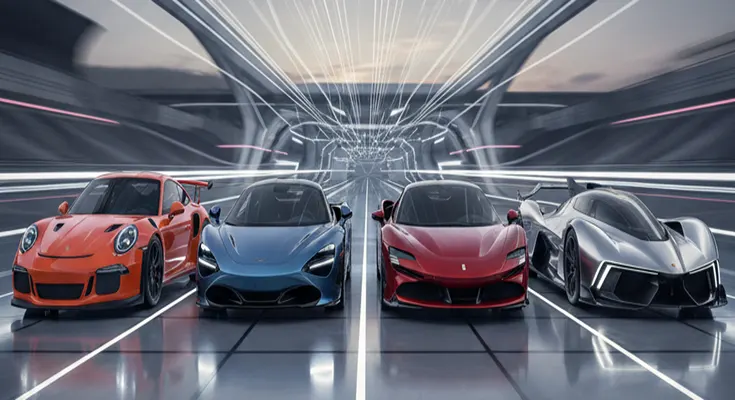
Unleashing Performance: How Electronic Fuel Injection (EFI) Revolutionizes Engine Operation
The internal combustion engine, the heart of almost every vehicle, relies on a perfect mix of air and fuel to generate power. For decades, the carburetor handled this task, but today’s engines demand a level of precision that only Electronic Fuel Injection (EFI) can provide. Replacing the mechanical limitations of old, EFI systems have ushered in an era of unprecedented engine performance, efficiency, and reliability.
The EFI Advantage: Precision Control
At its core, the superiority of EFI over older methods lies in its precise control over the air-fuel ratio. Unlike a carburetor, which relies on the physical Venturi effect and is susceptible to external conditions, the EFI system is managed by a sophisticated computer.
The central component of the system is the Electronic Control Unit (ECU)—often referred to as the engine’s “brain.” The ECU constantly monitors critical engine conditions through a network of sensors. These sensors …
Unleashing Performance: How Electronic Fuel Injection (EFI) Revolutionizes Engine Operation Read More

